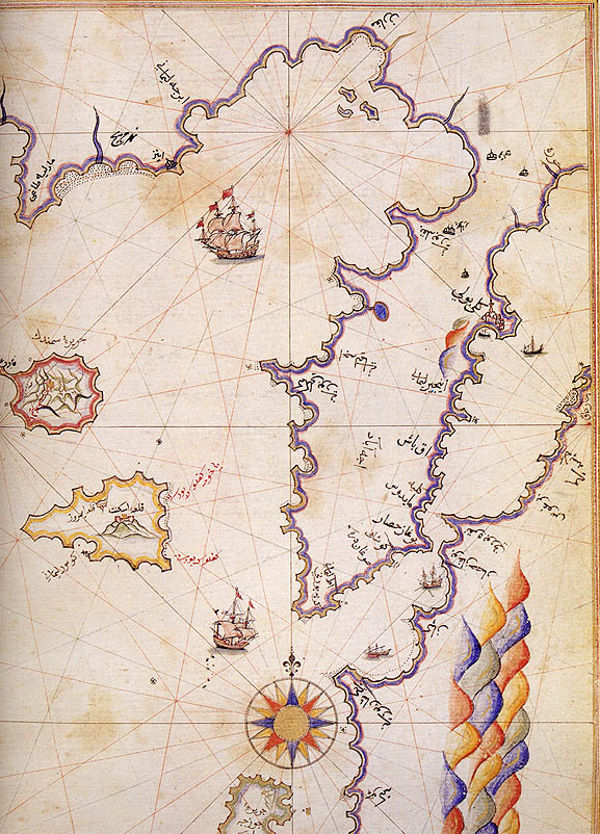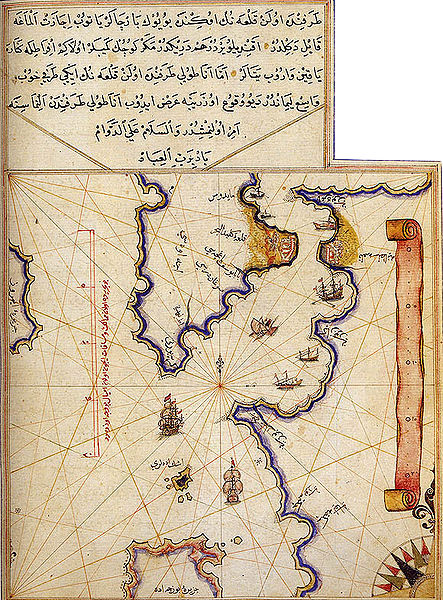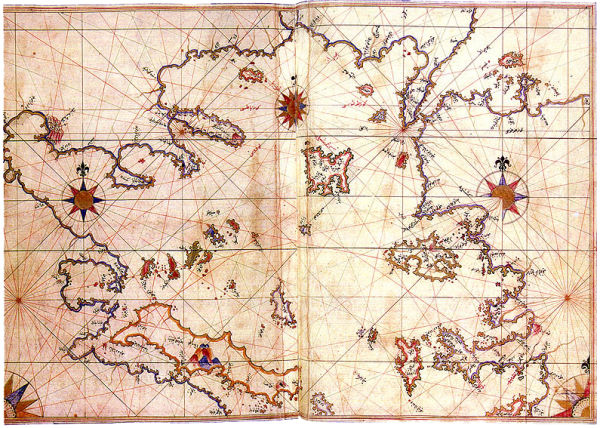


Troy and The Turks
- 81 Are the Trojans related to the Turks?
- 82 What are the most important works that have been written about Troy and the Turks?
- 83 When does the history of the Turks in the surrounding regions of Troy start?
- 84 Are there any findings in Troy about the Turks?
- 85 Did Mehmet the Conqueror really visit Troy?
- 86 How do we know that Mehmet the Conqueror visit Troy?
- 87 What did Mehmet the Conqueror say during his visit to Troy?
- 88 Did Mehmet the Conqueror have the Iliad in his library?
- 89 What did Ataturk think about Troy?
- 90 When was the Iliad epic first translated to Turkish?